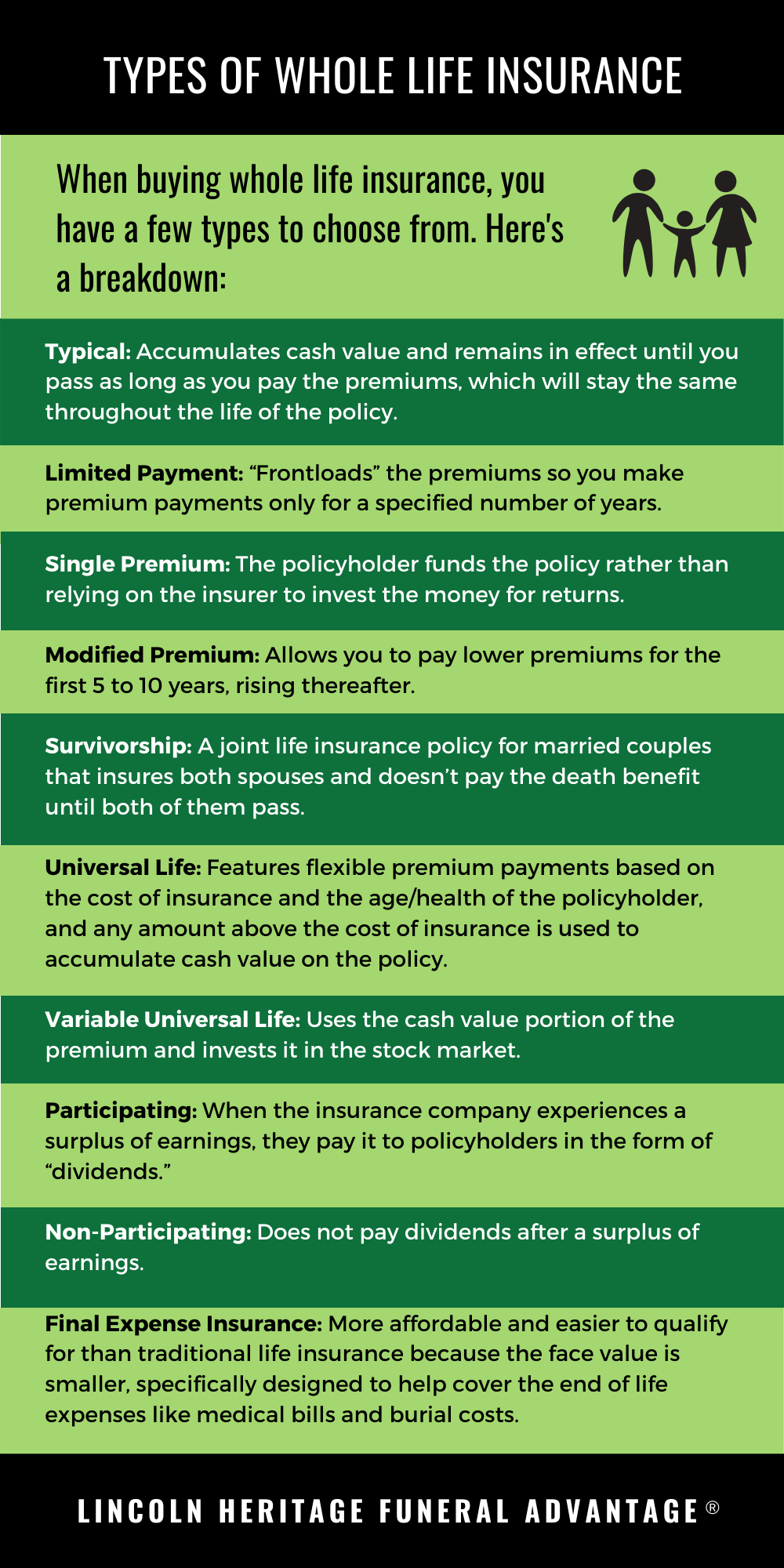Understanding Car Accident Lawsuits
Getting slapped with a lawsuit after a car accident can feel like a gut punch. The legal labyrinth that follows can be daunting, leaving you feeling lost and overwhelmed. However, understanding the legal landscape and your rights as a defendant can empower you to navigate this challenging journey.
The Legal Process: A Road Map
When you’re sued for a car accident, the plaintiff (the person suing you) typically files a complaint that outlines the allegations against you. This complaint serves as the starting point for the legal process, kicking off a series of steps that include discovery (exchanging evidence and information), negotiations, and potentially a trial.
Your Rights as a Defendant: Navigating the Maze
As a defendant, you have certain rights that protect you throughout the legal process. Firstly, you have the right to legal representation. An attorney can provide guidance, advocate for your interests, and ensure that your rights are upheld. Secondly, you have the right to respond to the complaint. This response allows you to present your side of the story and contest the plaintiff’s claims. Lastly, you have the right to a fair trial or hearing, where a judge or jury will determine the outcome of the case based on the evidence presented.
Understanding Damages: The Cost of a Crash
In a car accident lawsuit, the plaintiff may seek damages to compensate for their losses. These damages can range from medical expenses and lost wages to pain and suffering. The amount of damages awarded can vary depending on the severity of the accident, the extent of the injuries, and the applicable laws in your jurisdiction.
Insurance and Liability: Sharing the Burden
Most states require drivers to carry auto insurance, which provides coverage for damages caused in an accident. In many cases, your insurance company will handle the lawsuit and provide legal representation. However, if the damages exceed the limits of your insurance policy, you may be personally liable for the remaining costs.
Seeking Legal Help: Finding Your Guide
Navigating a car accident lawsuit alone can be like trying to navigate a stormy sea without a compass. Seeking legal advice is crucial for protecting your rights and ensuring a fair outcome. An experienced attorney can provide expert guidance, advocate for your interests, and help you navigate the complexities of the legal system.
Getting Sued for a Car Accident: Understanding Liability and Negligence
Being involved in a car accident is stressful enough without the added pressure of facing a lawsuit. But it’s important to understand your rights and responsibilities if you’ve been injured or if someone is suing you for damages.
Liability and Negligence
In a car accident lawsuit, liability refers to who is legally responsible for the accident and any resulting damages. Determining liability is crucial, as it dictates who is liable for compensating the injured party.
Negligence is the most common basis for establishing liability in a car accident case. Negligence means failing to exercise reasonable care, which ultimately leads to an accident and the infliction of harm. To prove negligence, the plaintiff must show that:
- The defendant owed the plaintiff a duty of care, typically through a legal obligation or a recognized relationship.
- The defendant breached their duty of care by acting unreasonably or carelessly.
- The defendant’s breach of duty directly caused the plaintiff’s injuries or damages.
- The plaintiff suffered actual harm or damages as a result of the defendant’s negligence.
Establishing negligence can be challenging, as it often requires expert testimony, witness accounts, and a thorough investigation of the accident scene. If you’ve been injured in a car accident, it’s important to seek legal counsel promptly to protect your rights and pursue fair compensation.
Getting Sued for a Car Accident: How to Navigate the Legal Maze
Getting into a car accident is a stressful and overwhelming experience. If you find yourself on the receiving end of a lawsuit, it can be even more daunting. However, understanding the process and your rights can give you a sense of control during a challenging time.
Lawsuits for car accidents typically stem from injuries or property damage sustained in the crash. The person filing the lawsuit, known as the plaintiff, alleges that the other party, the defendant, was negligent or reckless, and is thus liable for the damages.
Filing and Serving a Lawsuit
A lawsuit is initiated by filing a complaint with the court. This document outlines the plaintiff’s claims, including the specific injuries or damages they suffered, the basis for their claim, and the amount of compensation they are seeking.
Once the complaint is filed, it must be “served” on the defendant. This means that the defendant must receive a copy of the complaint and be formally notified of the lawsuit against them. Service can be made in person, by mail, or in some cases, by publication.
After the defendant has been served, they have a specified amount of time to respond to the lawsuit. They can file an answer, which admits or denies the allegations, or they can file a motion to dismiss, arguing that the lawsuit should be thrown out for procedural or legal reasons.
If the defendant admits to liability, the case may proceed to a settlement, where the parties negotiate a mutually acceptable resolution. If the defendant denies liability, the case may go to trial, where a judge or jury will determine the outcome.
Getting Sued for a Car Accident? Here’s What to Do
Being sued for a car accident can be a stressful and confusing experience. It’s essential to know your rights and options when responding to a lawsuit. Here’s a comprehensive guide to help you navigate the legal process:
Responding to the Lawsuit
Upon receiving a lawsuit, you have a specific timeframe to respond, typically 20-30 days. Failure to respond within this timeframe could result in a default judgment being entered against you, meaning the plaintiff automatically wins the case. Here’s the breakdown of what you need to do:
1. Consult an attorney: It’s highly advisable to seek legal counsel promptly. An experienced attorney can provide valuable guidance, protect your rights, and represent you throughout the legal proceedings.
2. File an answer: The primary way to respond to a lawsuit is by filing a document known as an answer. The answer should clearly state whether you admit or deny the allegations made against you. You can also raise any defenses that support your position.
3. Gather evidence and witnesses: Start collecting evidence to support your defense, including witness statements, medical records, police reports, and photographs of the accident scene. These documents can help bolster your case and demonstrate your side of the story.
4. Negotiate a settlement: In many cases, lawsuits can be resolved through settlement negotiations. This involves reaching an agreement with the plaintiff regarding compensation without going through a trial. Engaging in settlement discussions can save time and potentially reduce the financial burden associated with the lawsuit.
5. Prepare for trial: If settlement negotiations are unsuccessful, you may need to prepare for trial. This includes selecting a jury, presenting evidence, cross-examining witnesses, and delivering closing arguments. A skilled attorney can guide you through this complex process and advocate for your best interests.
Getting Sued for a Car Accident: What to Know
Getting into a car accident can be a stressful and traumatic experience. If you’re ever sued for a car accident, it’s crucial to stay calm and understand what to do. Don’t panic! This detailed guide will break down the legal process, explain your rights, and offer valuable tips to protect yourself. Whether you’re navigating the insurance maze or preparing for a courtroom appearance, we’ve got you covered. So, let’s dive right in and help you navigate this challenging road.
Discovery Process
After the lawsuit is filed, both parties enter the discovery process, which is like a game of hide-and-seek for evidence. Each side digs into the other’s case, searching for any ammo that can strengthen their position or weaken their opponent’s. They exchange documents, like medical records, police reports, and witness statements. It’s like a race to gather as much information as possible to build a solid case before the trial begins. Interrogatories, like written questions, are fired off, and depositions, which are sworn testimony under oath, are taken. The goal? To uncover any inconsistencies, admissions, or weak points in the other side’s story.
Getting Sued for a Car Accident
Getting sued for a car accident can be a very stressful experience. You may be worried about how you are going to pay for the damages, what will happen to your insurance rates, and how the lawsuit will affect your life. If you have been sued for a car accident, it is important to take the following steps to protect your rights:
Do Not Panic
It is important to stay calm and collected after being sued for a car accident. Although it is normal to feel overwhelmed at being sued do not panic, because panicking will only make it harder to think clearly and make sound decisions. Take a deep breath and focus on taking the necessary steps to protect yourself.
Hire an Attorney
One of the most important things you can do after being sued for a car accident is to hire an experienced car accident attorney. An attorney can help you understand your rights, negotiate with the other party’s insurance company, and represent you in court if necessary. Here is a personal story of someone being sued for a car accident: I remember the day I was being sued for the car accident like it was yesterday. My mind went blank, and my world turned upside down. Hiring an attorney was a great decision for me, and it helped me to get through a tough time in my life.
Gather Evidence
It is important to gather as much evidence as possible after being sued for a car accident. This evidence can include the police report, witness statements, medical records, and photographs of the damage. The more evidence you have, the better your chances of successfully defending yourself against the lawsuit.
File a Response
Within a certain time frame, you will need to file a response to the lawsuit. This response will state your defenses to the claims against you. It is important that your response is filed on time; otherwise, you may lose your case by default.
Settlement Negotiations
Many car accident lawsuits are settled out of court through negotiations between the parties’ attorneys. These negotiations can be complex and time-consuming, but they can also help you avoid the time and expense of going to trial. If you are offered a settlement, it is important to carefully consider the terms of the settlement before accepting it. An attorney can help you understand the pros and cons of accepting a settlement and negotiate a fair settlement on your behalf. Negotiations can either be an easy or rough process; you just need to prepare for anything to happen.
Getting Sued for a Car Accident: Navigating the Legal Maze
Finding yourself on the receiving end of a lawsuit after a car accident can be a daunting experience. However, understanding the process and your rights can help you navigate this legal maze.
Trial and Verdict
If negotiations for a settlement prove futile, the case progresses to trial. At this stage, a jury or judge assumes the responsibility of determining liability and awarding damages. The plaintiff (the party suing) must establish the defendant’s (the party being sued) negligence and prove that it directly caused the accident and subsequent injuries or damages.
The trial process involves the presentation of evidence, witness testimony, and arguments by both parties’ attorneys. The jury or judge then deliberates to determine whether the defendant was liable for the accident and, if so, the extent of the damages to be awarded.
The verdict can take various forms, including compensation for medical expenses, lost income, property damage, and pain and suffering. In some cases, punitive damages may also be awarded if the defendant’s conduct was particularly egregious.
Negotiating a Settlement
While trial is always an option, most car accident lawsuits are resolved through negotiations between the parties’ attorneys. This process involves exchanging offers, counteroffers, and bargaining until a mutually acceptable settlement is reached.
Negotiating a settlement can offer numerous advantages, such as avoiding the uncertainties of trial, saving time and expenses, and ensuring a guaranteed outcome. However, it’s crucial to carefully consider the terms of any settlement to ensure that they protect your interests fairly.
Getting Sued for a Car Accident: Legal Implications and Strategies
If you’ve been involved in a car accident, the last thing you want to deal with is a lawsuit. But if the other driver believes you’re at fault, they may decide to sue you for damages. In this article, we’ll discuss what to do if you get sued for a car accident, including how to handle insurance coverage, legal representation, and the legal process.
Insurance Coverage and Representation
The first step after getting sued is to notify your insurance company. Your insurance policy may cover liability in car accidents, which means they’ll pay for any damages the other driver is awarded. It’s important to cooperate with your insurance company and provide them with all the information they need to process your claim.
In addition to your insurance company, you may also want to consider hiring an attorney to represent you. An attorney can help you protect your rights, negotiate with the other driver’s insurance company, and represent you in court if necessary.
Liability and Negligence
In a car accident lawsuit, the plaintiff (the person suing you) must prove that you were negligent and that your negligence caused their injuries or damages. Negligence is defined as a failure to take reasonable care to avoid harm to others. To prove negligence, the plaintiff must show that you:
- Owed them a duty of care
- Breached that duty
- Their injuries or damages were caused by your breach
Settlement and Trial
If you’re sued for a car accident, you may be able to settle the case out of court. This involves reaching an agreement with the other driver’s insurance company to pay them a certain amount of money in exchange for dropping the lawsuit. However, if you can’t reach a settlement, the case will go to trial. At trial, a jury will hear evidence and decide whether you’re liable for the other driver’s injuries or damages.
Statute of Limitations
In most states, there’s a statute of limitations for filing a car accident lawsuit. This means that the other driver has a certain amount of time to file their lawsuit after the accident occurs. The statute of limitations varies from state to state, so it’s important to check the laws in your state to see how much time you have to respond to a lawsuit.
Protecting Your Rights
If you get sued for a car accident, it’s important to protect your rights. This means hiring an attorney, responding to the lawsuit in a timely manner, and cooperating with your insurance company. By taking these steps, you can help ensure that your rights are protected and that you get a fair outcome in the case.




Leave a Reply